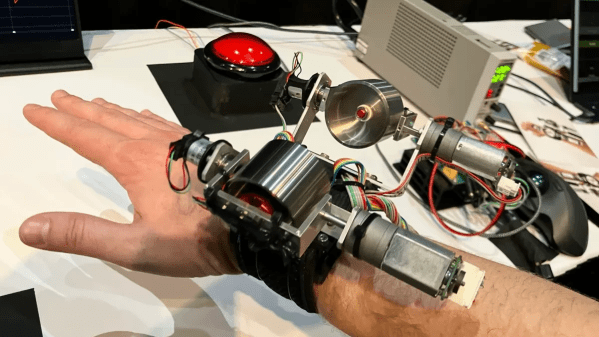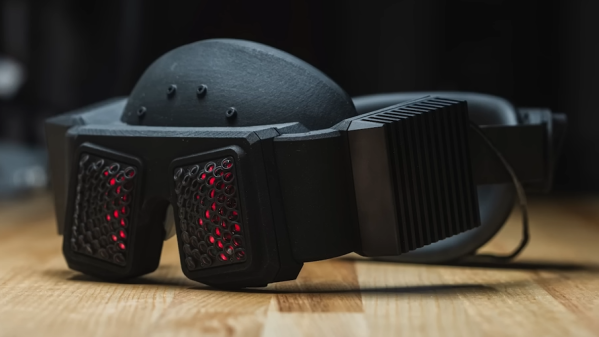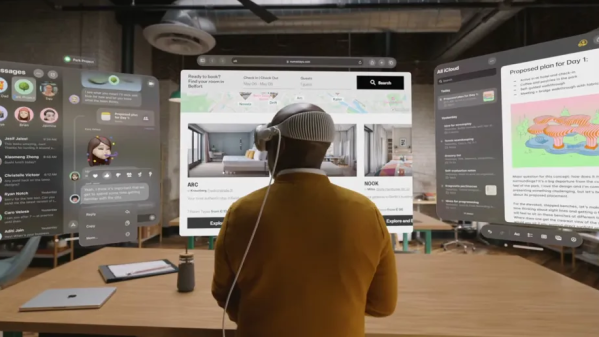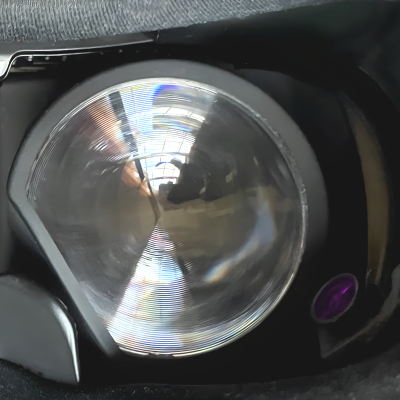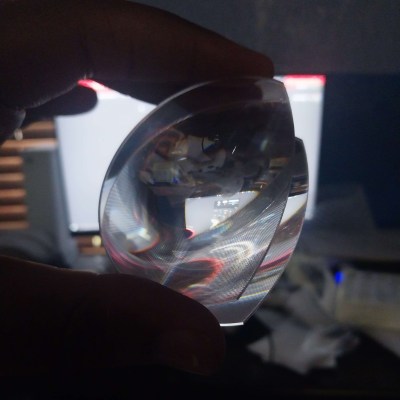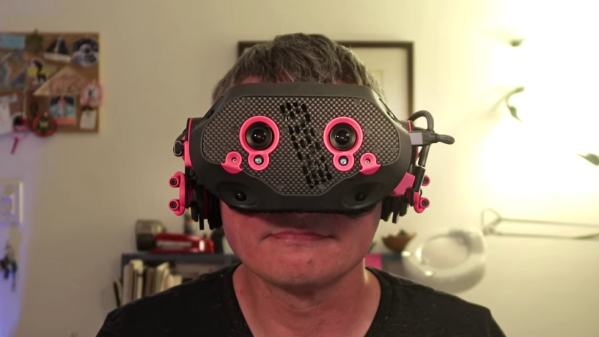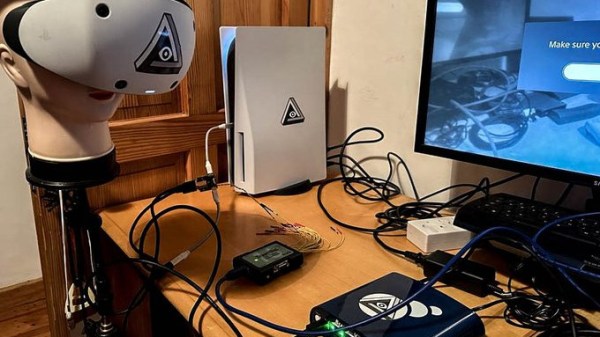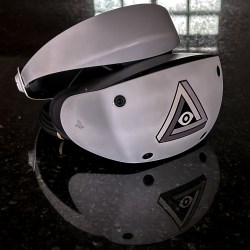[Devin Coldewey] shared his experiences with some of the more unusual VR concepts on display at SIGGRAPH 2023. Some of these ideas are pretty interesting in their own right, and even if they aren’t going to actually become commercial products they give some insight into the kinds of problems that are being worked on. Read on to see if anything sparks ideas of your own.
In the area of haptics and physical feedback, Sony shared research prototypes that look like short batons in which are hidden movable weights. These weights can shift up or down on demand, altering their center of gravity. [Devin] states that these units had a mild effect on their own, but when combined with VR visuals the result was impressive. There’s a video demonstration of how they work. Continue reading “See Some Of The Stranger VR Ideas From SIGGRAPH”

